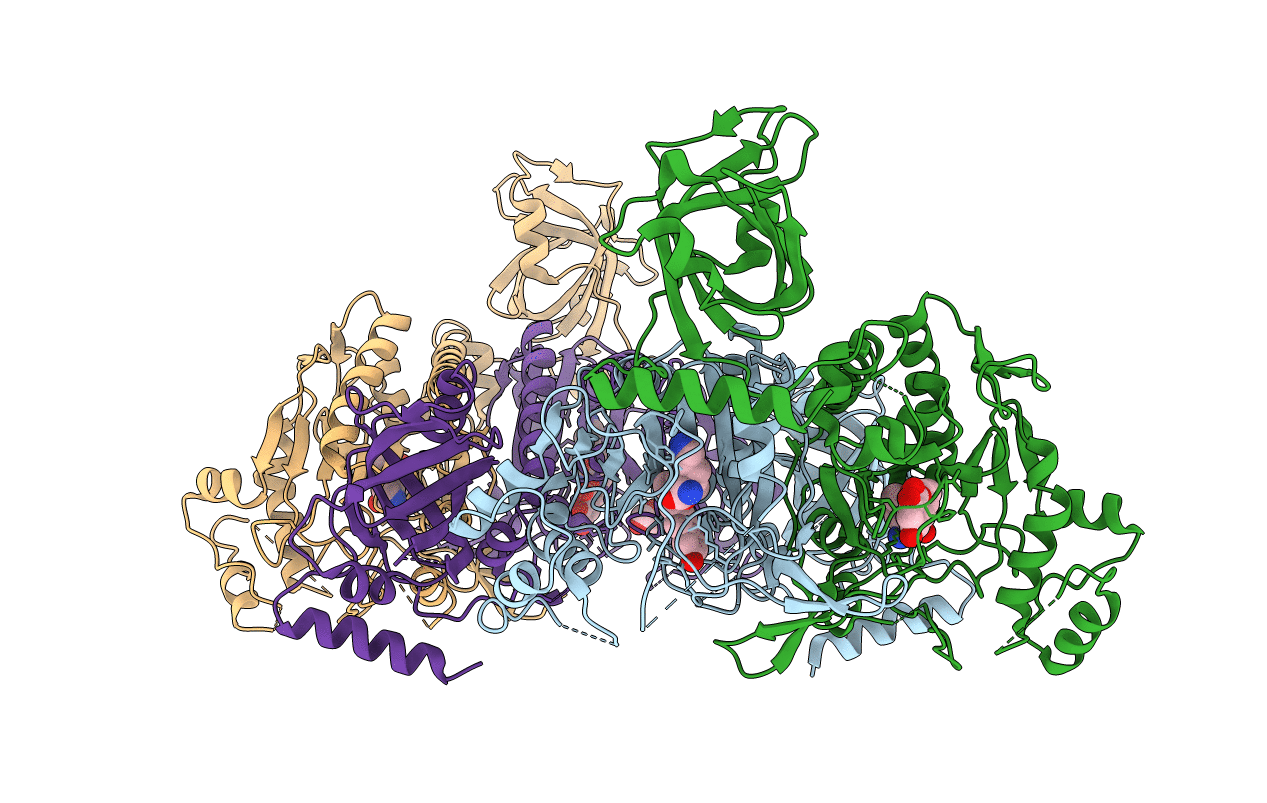
Deposition Date
2016-01-08
Release Date
2016-10-26
Last Version Date
2023-11-08
Entry Detail
PDB ID:
5HGQ
Keywords:
Title:
Loa loa Lysyl-tRNA synthetase in complex with Cladosporin.
Biological Source:
Host Organism:
Method Details:
Experimental Method:
Resolution:
3.28 Å
R-Value Free:
0.29
R-Value Work:
0.25
R-Value Observed:
0.25
Space Group:
P 21 21 21


